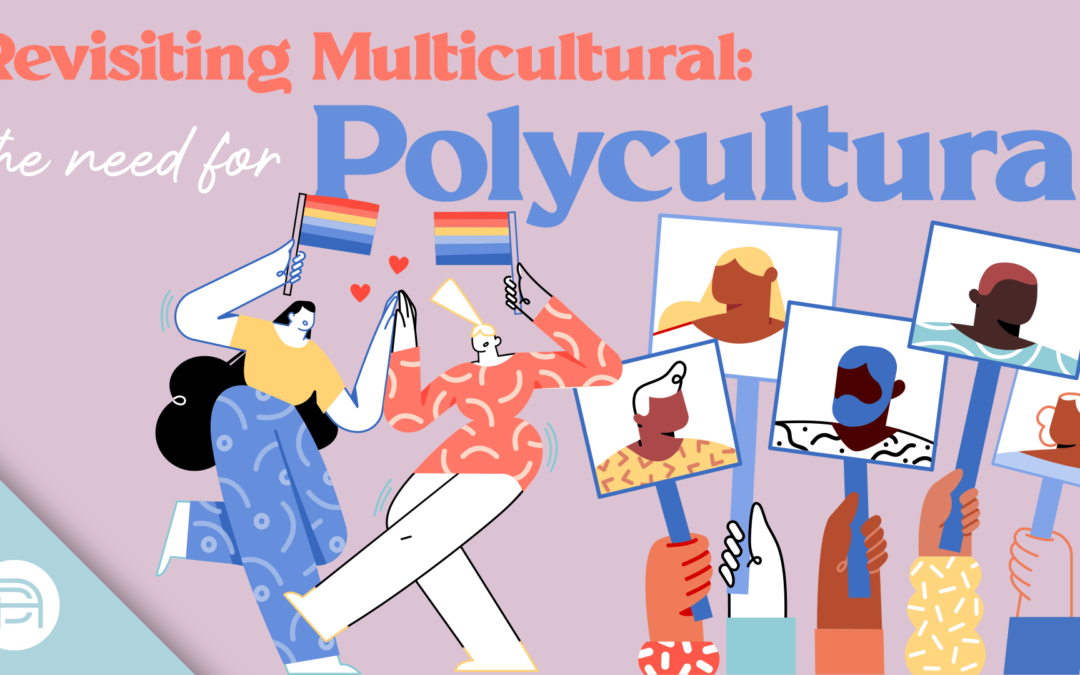The past summer of social activism has galvanized new conversations about race across nearly every industry in the United States. It has revitalized discussions on how multicultural marketing should fit into marketing strategies, particularly in this era of data-driven media. Many brands adopting digital-first strategies abandoned the concept of initiatives for multicultural marketing. They instead utilized it as an opportunity to leverage one size fits all cost reduction plans.
At the surface level, the one size fits all model makes sense in the digital ecosystem. In many verticals, the buying signals lower in the funnel are universal, and therefore the need for increased multicultural customization is unnecessary. But this concept does not follow consumer sentiment. In an Adobe survey, 61% of consumers said that diversity in advertising was important to them. The same sample found that ⅓ of all consumers are more likely to purchase products from brands with diverse ads, and this jumps to 50% when looking at African American and LGBTQ consumers.
These strategies have been ineffective at reaching an increasingly diverse consumer. A 2019 study by ANA found that multicultural media spending accounted for only 5.2% of total advertising and marketing spending despite multicultural consumers growing to over 40% of the population. While 69% of consumers do feel that there have been strides made in recent years, most minority groups feel underrepresented in ads. They also found that while multicultural marketing through traditional media like TV grew at 12.5%, and influencer and branded content grew 11.6%, pure-play digital marketing lagged, showing only 10% growth in 2019.
Marketing has shifted towards more AI-powered media buys. We have not taken into account that these algorithms, based on historical information, carry the history of systemic biases with them. In 2020, multiple social media platforms announced the discovery of racial biases within the various algorithms that power their platforms. Dr. Safiya Noble of UCLA highlighted the biases in search engines that powers paid results in her novel Algorithms of Oppression. The key learning from this being that if you have consumers that have historically not had advertising tailored to them, the historical engagement, and ultimately conversion data from these groups, will be disproportionately lower.
There is a unique opportunity for digital marketers in this trend towards increased investment in personalization to invest in diverse communities. Over 55% of marketers believe that increased personalization has shown increases in customer engagement, experience, and conversion rates. A part of personalization has to include an inclusive touch. The general market of today is not monolithic. It’s Black, Asian, and Latinx. It’s LGBT and disabled. It is made up of individuals with complex identities that are interplaying and evolving with other people with complex identities. It is Polycultural.
Direct Agents has introduced Polycultural to their list of capabilities. The team developed the Polycultural Matrix to help recognize how each brand is engaging with the total market in comparison with competitors. This insight is used to understand the multicultural strategy and begin the introduction of Polycultural. Other steps in the process include audience research, authenticity measurement, and embedded consulting.
– Khari Motayne, Associate Director of Multicultural Strategy
For more information on Polycultural strategy and how Direct Agents can help tailor brand voice to diverse audiences, please contact [email protected].

